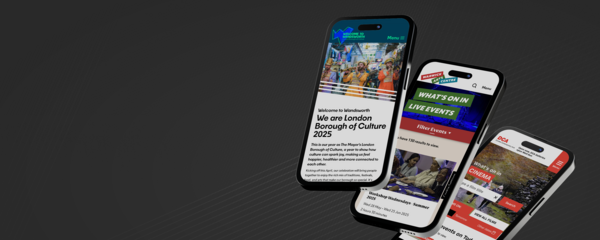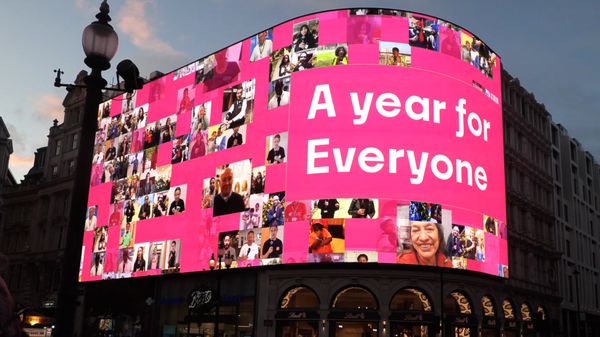Nail Your Ticketing Integration Online: Unveiling the 5 Core Strategies for Success

At the recent Arts Marketing Association conference, our then Studio Director, Will Wheeler, gave a talk alongside Cheryl Culliford-Whyte from Warwick Arts Centre.
The session was met with great enthusiasm and provided valuable insights for attendees. For those who couldn't make it worry not! We're here to break down the essential points and share the key strategies discussed during this enlightening presentation.
Introducing Warwick Arts Centre
One of the largest art centres in the UK. A multi-venue space, in Coventry, not Warwick! They host a lot of events every year and we have had the privilege of working with them since 2021. Our long-standing partnership with them has taught us a lot, want to find out more? Check out the case study.
Will and Cheryl identified 4 key areas to focus on to make the most of your website
- Audience
- Technology
- Analytics & insights
- Collaboration
Audience
Who are they?
Don't rely on personas, instead become goal-focused and dive into your data to establish routines and patterns.
What should I know?
By running workshops within your team and talking to your customers you can build a complete picture of your customers. You should know...
- Average basket spend & volume
- Customer routine
- Customer preference
Develop Hypothesis
Always start with a hypothesis for what customers want and need. Case in point, Warwick Art Centre's What's On page:
What's On 1.0
When the new website launched in June 2021, this was the design. Users kept getting stuck with this page design and the conversion rate was only 6.78%.
What's On 2.0
With this updated design users found filtering easier, but were stuck on the calendar view, struggling to notice the other option. The conversion rate was 5.9%.
What's On 3.0
We realised that users looking for cinema tickets and users looking for events have very different behaviours, which led to us splitting the What's On program into different pages. The conversion rate is now 7.5%.



Technology (don't fudge it)
Web is complex
Too often we try to find shortcuts to fix problems. Instead, we should think big picture and address the root. Here are our tips:
- Don't stop asking questions
- Work with specialists
- Look at your processes
- Assess your peers
Analytics & Insights
Focus on actions
Define a proper KPI dashboard. Data connects, map out those joins and always capture data on what you exclusively need, keep it focused and always tied to your central marketing strategy.
Keep tools light. Focus more on reporting & iteration, not extensive data capture tools and dashboards.
What we focus on
The tools and numbers Warwick Arts Centre cares about are:
- GA4 e-commerce dashboard
- Mouseflow UX reports
- Moz SEO report

What we focus on
Agency perspective.
Don't hold back, communication is paramount. If there is a problem, share it. Contact should be routine and structured, keeping everyone in the know.
Client perspective.
Have a wishlist and prioritise holistically, sharing any hard deadlines ASAP. Share internal priorities regularly, so the agency can think laterally too.
The top 5 tips
The bit you have been waiting for, Will and Cheryl's top 5 tips!
- Focus on what customers need
- Build robust platforms & don't cut corners
- Look to process change with digital products
- When you have insight, act on it
- Don't solve the world alone, do it together





